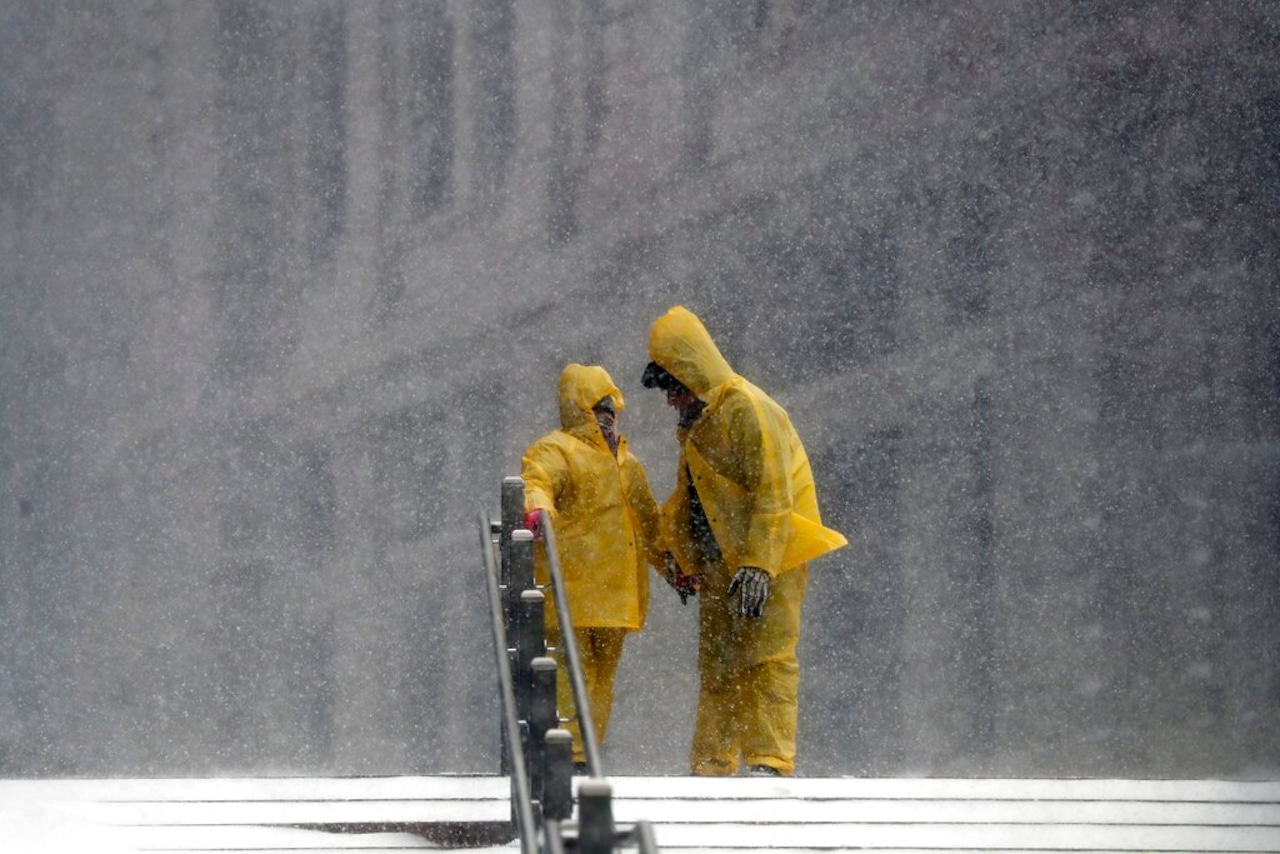
Easthampton’s City Hall reopens to the public on Wednesday, Aug. 23, after air quality concerns shut down the municipal building for nearly a month.
Departments and employees were forced to relocate from 50 Payson Avenue after air quality concerns and dust exposure from HVAC-related work created a safety hazard. The city’s director of health, Allison Egan, ordered the building’s closure on July 24.
The entire building underwent a deep cleaning last week and improvements to air quality are expected as early as Monday, according to a notice on the Easthampton city website.
The following departments will return to their offices at City Hall on Monday:
- Planning Department
- Assessor
- Department of Public Works Engineering
- Health Department
- Building Department
- Humans Resources
- Department of Public Works
- Mayor’s Office
- Procurement
Other updates include:
- City Clerk will be open by appointment on Monday, Aug. 21, and Tuesday, Aug. 22
- The treasurer and payroll will return on Wednesday, Aug. 23
- Collections will be open Monday, Aug. 21 in the Public Safety Complex lobby located next to 50 Payson Avenue
- The auditor will be at the safety complex until Thursday, Aug. 24, and equipment will be moved back to City Hall on Friday, Aug. 25
Employees in City Hall reported new symptoms during the second half of July when HVAC repairs were underway: shortness of breath, chest tightening, headache, cough and aggravated asthma.
There were several health safety concerns that led to the closure at 50 Payson Avenue.
On the days around July 17, Egan wrote she witnessed problems with the HVAC renovations going on in the building.
There was a lack of separation between work areas and employee-occupied areas. There were few protective measures, Egan wrote, to control dust in the building. She witnessed contractors disassembling a broken HVAC unit in the basement that exposed city staff to contaminations.
“Excessive amounts of black dust were tracked through the building during this process and while the parts of the unit were hauled out of the building for disposal,” Egan wrote.
Egan also noted that during a heat spell in July, despite temporary air conditioning units installed during HVAC repairs, temperatures reached 90 degrees.
“Due to the uncontrolled humidity in the building, excessive moisture was present in the environment, causing the bowing of ceiling tiles and observable condensation on some surfaces,” Egan wrote.




